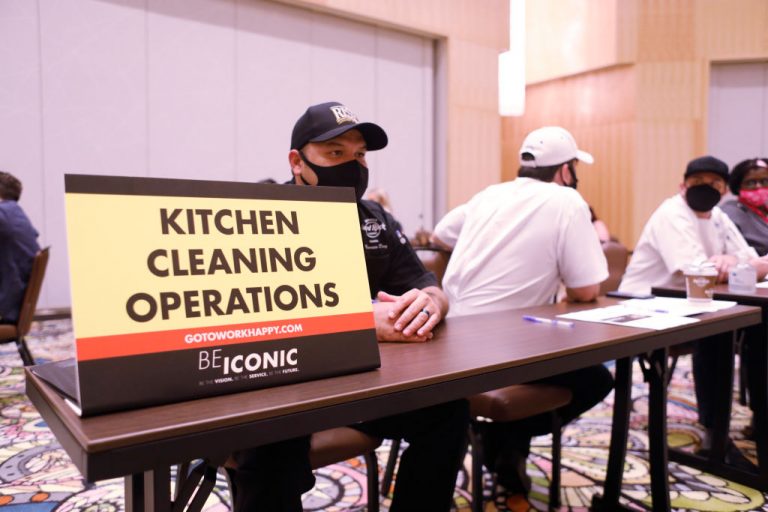Although the United States’ economy is showing a positive trend in the short term, the overall horizon remains hazy compared to pre-pandemic levels, according to May’s nonfarm payroll report.
The May Employment Situation Summary, put out by the U.S. Bureau of Labor Statistics (BLS), showed that while unemployment did fall by 0.3 percent to 5.8 percent and the economy shed 496,000 unemployed workers, bringing the number down to 9.8 million, BLS points out that these numbers are still extraordinary compared with the economy before SARS-CoV-2.
February of 2020 saw unemployment at a mere 3.5 percent, comprising only 5.7 million people by comparison.
The economic distress is further reflected in the number of workers still temporarily laid off, a staggering 1.8 million people, up 1.1 million from February of 2020. The number of individuals with permanent job loss is worse: a crushing 3.2 million, a 1.9 million person growth over the same time period.
The report defines long-term unemployed as those who have been jobless for 27 weeks or more. This group comprises 3.8 million people and is still 2.6 million higher than it was before COVID-19.
Success
You are now signed up for our newsletter
Success
Check your email to complete sign up
“Individuals, who would have preferred full-time employment, were working part time because their hours had been reduced or they were unable to find full-time jobs,” remained flat month-over-month, but is still up almost 880,000 people since the pandemic began.
The BLS admitted there are still 7.9 million people in the country who are “unable to work because their employer closed or lost business due to the pandemic” and 2.5 million who were “prevented from looking for work due to the pandemic.”
The gains seen in the U.S. labor market in May were due primarily to a decline in unemployment for teenagers, with stagnation for adult men, adult women, blacks, and hispanics. The biggest piece of the pie was the 292,000 jobs added to the leisure hospitality industry, including restaurants, bars, and casinos. The gains posted were thus of primary benefit to those working as bartenders and waitresses.
1 million missing jobs
Employment in the U.S. education system, however, is still down by almost 1.1 million jobs compared to the before-pandemic era.
The Federal Reserve’s June Beige Book report made the attempt to tie employment gains in the leisure and hospitality sectors to the mainstream media narrative painting vaccination rate as the sole solution to the pandemic.
The Fed also remarked that “it remained difficult for many firms to hire new workers, especially low-wage hourly workers, truck drivers, and skilled tradespeople. The lack of job candidates prevented some firms from increasing output and, less commonly, led some businesses to reduce their hours of operation.”
In May, Amazon launched a $3 an hour wage increase employment campaign in order to compete with federal welfare. The Biden administration, which has already spent over $6 trillion in spending policies, has increased unemployment insurance to such a degree that it makes more financial sense for workers to stay at home and collect insurance than it does to build a career.
In an April article by Business Insider, a McDonald’s franchise owner in Florida was enticing prospective employees with $50 cash to simply appear for an interview.
In New York, Andrew Cuomo’s legislature passed a $200 billion budget, including a $15,600 cash payout to jobless illegal immigrants. The spending is to be paid for with higher corporate taxes and a tax hike on the wealthy.
The Fiscal Policy Institute found New York unemployed workers could rake in between $34,000 and $50,000 annually by riding welfare. By comparison, the average annual pay for a retail worker in the state is $34,000 to $39,000, according to the BLS.
According to the U.S. National Debt Clock website, the country’s debt exceeds $28 trillion, amounting to more than $225,000 per taxpayer. Yet an April report by Truth in Accounting found the real figure, including unfunded Medicare and Social Security spending, to be over $123 trillion, amounting to $796,000 per taxpayer.
The Federal Reserve Economic Data center reports the U.S. Gross Domestic Product is only $22 trillion annually.
















